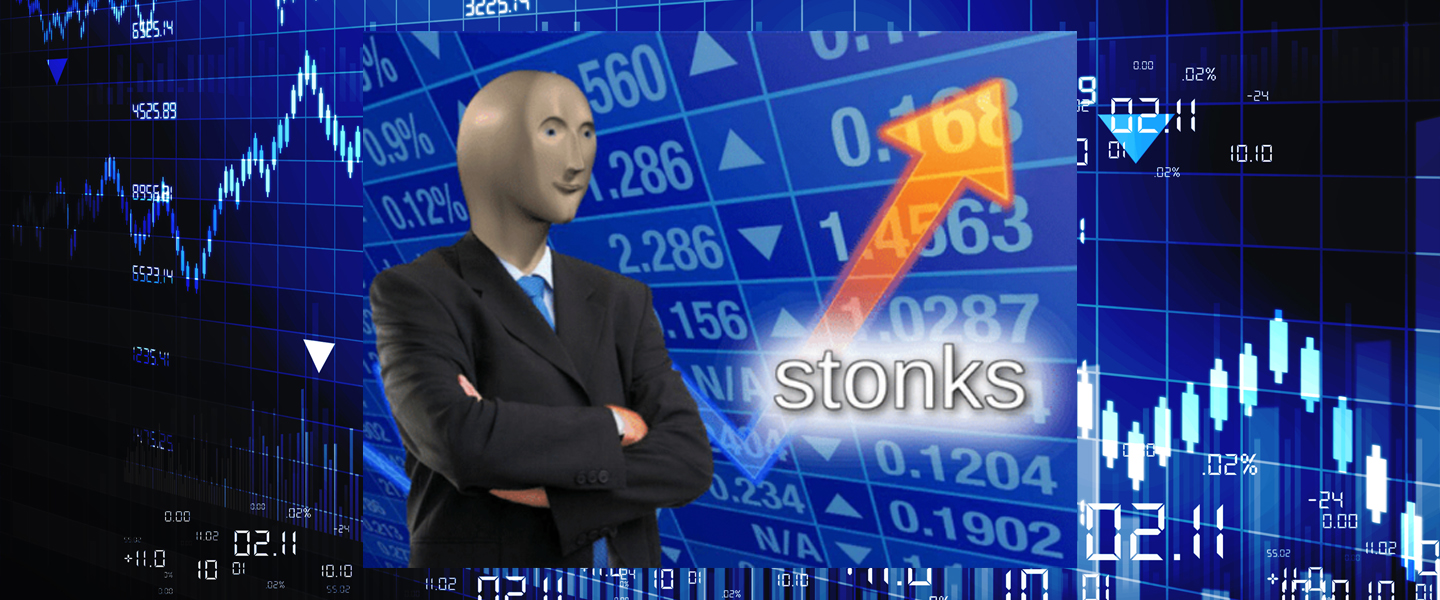This is a common question people ask in our current market. Looking at it on paper, people are scratching their heads as to why stocks are rising in this period of uncertainty. Jobless figures are off the charts, businesses are avoiding guidance reports, a viral pandemic has gripped the globe for over 3 months, businesses are closing every day – so why are we almost back to normal levels year to date?
The only consistent thing is that it is inconsistent.
Interest rates are at historic lows.
Government bonds have been taking off in recent months. Investors are even looking at bonds with negative yields. This is because investors are doubtful about the fortunes of the economy in the current market. As there is great uncertainty in the current market, investors are happy to have poor returns in exchange for security. This provides them with a greater sense of security during this market. On the same hand, as a result of low-interest rates, those with cash are incentivised to buy more shares. Say your job is not in jeopardy, you have a bit of spare cash and your favourite stock is now 30% cheaper due to a recent decline.
These stocks have strong fundamentals and projected growth but were caught up in the recent market decline. So now, instead of paying $100 per share, you can pick it up for $70. Seems like a pretty good deal, right? Stocks that have an attractive yield are often overlooked when it comes to purchasing new stocks. Now, most stock holdings are owned by the upper socio-economic class – the same ones with job security and spare funds. So, they can afford to splurge a little and buy more stocks for cheap, this putting support behind the rise in stocks and demand begins to outstrip supply.
Stonks / Stocks only go up
Over time, the market goes up. Whether it is a month or a year or a decade. It goes up. The investor knows this and sees that buying a stock now for a bargain price, will eventually be a good investment down the line. As more people buy more stocks, the pool of available stocks to buy dries up, increasing demand and thus increasing price. A common saying in the investing community is ‘it’s priced in’.
This means that no matter the news – good or bad – the market has priced that in the stock price. Stocks dropped in the recent market – priced in – stocks started going back and, in some instances, go to all-time highs. These considerations have been factored into the market price. Once the realisation of a drop has been experienced, what comes next? The recovery phase. This is where investors want to get in on the ground floor to maximise their profits. Stocks can also do better during a period of an economic standstill because they are recovering former losses.
When the last recession hit in 2008, companies’ levels of profit have steadily increased their profit levels stake in the GDP. Companies that have done well in this time have increased their profitability and their cash reserves. You will see a thousand and one articles and big companies, worth hundreds of millions or trillions having large cash reserves. Just sitting on their cash, waiting to splash some cash. Even the large hedge funds are doing it – think of Apple, Berkshire Hathaway, Google, Microsoft.
You can’t go 1 day at the moment with some news article saying “Warren Buffest has X dollars in reserve, waiting to buy Y” or “Apple has enough cash to buy [company x] – should they do it?”. Because these stocks have a rather large cash moat, they can maintain their profitability. Now combine that with a rising market, these stocks can increase their profitability and share price even faster than the GDP can grow.
What do you think? are there any other factors that influence the market and propping it up?
You can check out my other finance posts here or my eToro profile.
